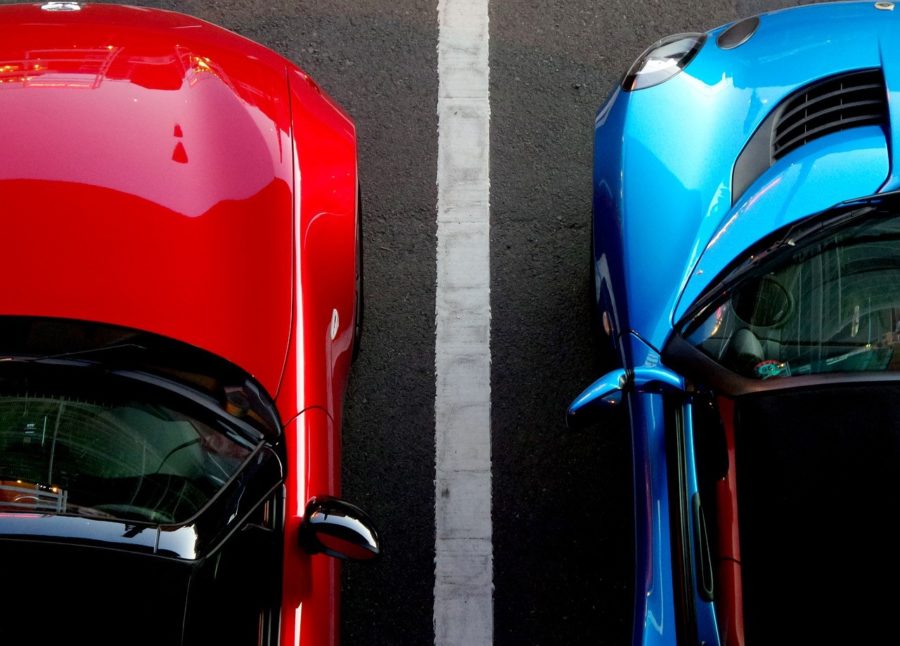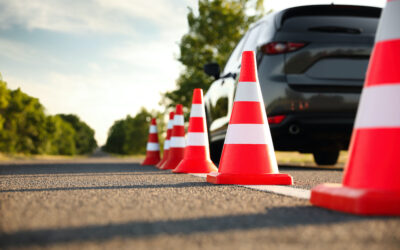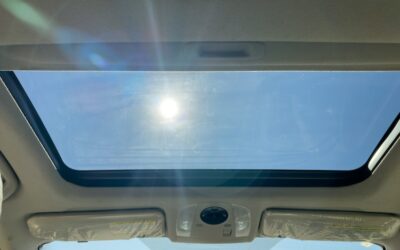Bay parking is possibly one of the newest manoeuvres that you may be asked to do on your driving test. It involves reversing into and parking your car safely in the bay of a car park or street. As we stated in our article “Driving manoeuvres on your test and how to master them“, it is likely you will only be asked to do 1, at most 2, driving manoeuvres on the day of your test, but because you do not know which you will be asked to you need to learn all of them thoroughly.

Does your test centre have the facilities for bay parking?
It could be said bay parking may well be the least likely manoeuvre you will be asked to do. This is because many test centres like to facilitate the task at the actual test centre. If there are no bays on the test centre car park it may give you an idea as to whether you will be asked to do this task or not. But don’t be too complacent as many centres who wish to cover it in the examination will try to integrate it into the route you take. There is no excuse for not practicing everything you have been taught. Even if you do not get it on the test it is likely to be a major part in your everyday driving.
What your examiner will be looking out for
The examiner will expect you to reverse into a bay and at the end of the task, the car should be central to the two white lines and not too close to the cars (if there are any) on either side. He/she will be on the lookout for excellent observations kills, skills in controlling the speed of the car using the clutch and accuracy in positioning the car.
Let’s go through the manoeuvre a step at a time:
Step 1
Where you position the car will dictate how easily you are able to reverse into the bay while keeping your fields of vision at a maximum. So, ensure there is enough space between the car and the bay so that you will ultimately be able to get a good turn. Be aware as you reverse back into the space, the front of the car will stick out into the road so you need to make sure there are no obstacles and of course no other vehicles or pedestrians in your planned route. Constant observation using wing mirrors, your rear-view mirror and the back window are needed at all time and do not forget to check your blind spot.
Once you feel you are happy you are in the right position, stop the car using the handbrake and select reverse gear. Your reverse lights will now show others around of your intentions.
Step 2
You will now reverse the car to the point of turn. It is important you use the back window to view where you are going. You will fail your test if you do not. When you are sure the road is clear of traffic, pedestrians and obstructions begin to slowly reverse.
A reference point is something within your car that you can line up with something outside to help you complete a manoeuvre. Each car will be different, so you’ll need to set your own. For reverse bay parking, you’ll want a reference point that tells you when you need to start your turn. For example, some drivers find that when the button for winding down the window within the car lines up with a white parking bay line, you should steer full lock to the left. If this is the right reference point for you, this will bring you straight into the space one space along.
It is essential that you check over your shoulder just before beginning your turn, as your car will stick out into the road.
Step 3
As you reverse slowly ensure that you are constantly making thorough observations using left and right-wing mirrors, rear window and checking the blind spot. If any pedestrians or vehicles get too close or appear to be walking in the path of the car stop the task and apply the handbrake. You will eventually see the nearside white line of the bay appear in the left-wing mirror. Use this to judge your positioning as you back into the bay. Continuing to reverse slowly, you will see the right bay line in your right-wing mirror.
If you are not quite straight you may need to straighten up. This is all part of the manoeuvre. You do not have to get it exactly right when you first reverse. This will usually take one and a half turns of the wheel as you steer towards the white line you wish to be closer to.
Bay parking is just one of 5 possible manoeuvres you will be asked to do on your test. We hope this guide helps you and supports you in your practice. For more advice and guidance building up to your test and once you pass, keep an eye on our blog for new and learner drivers. We will be there for you after your test too when you need full insurance, find out more about our new driver insurance.



